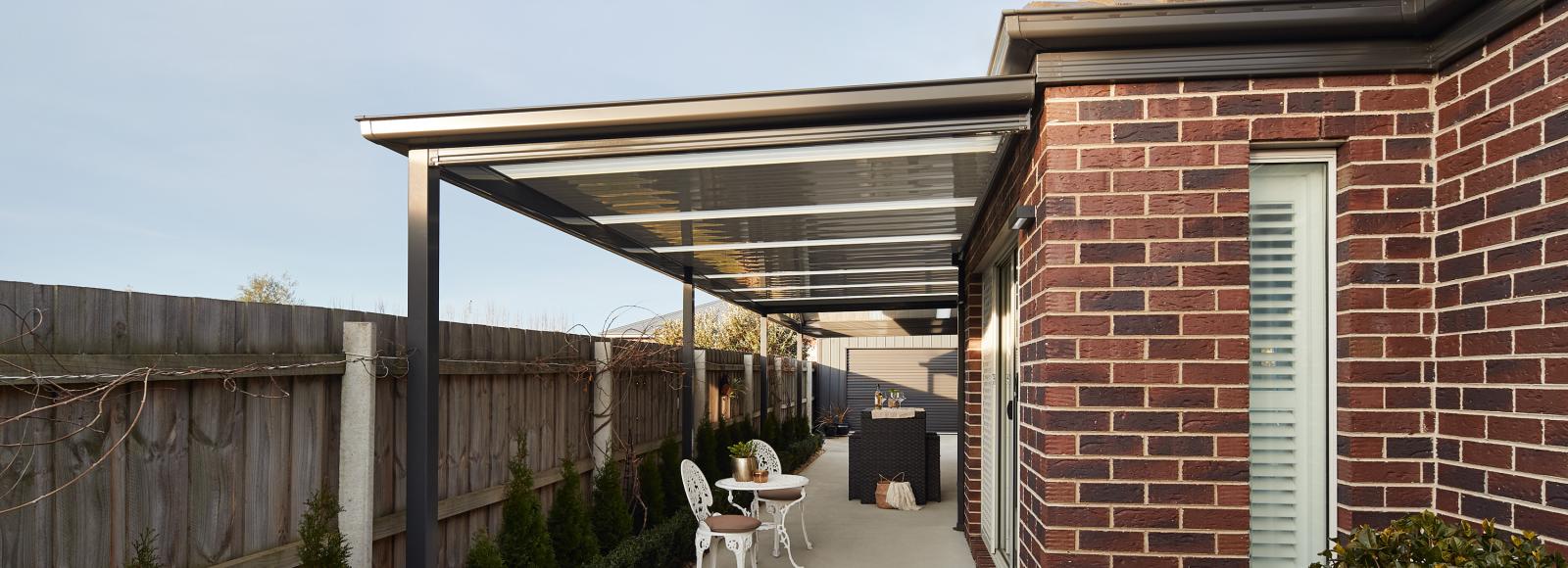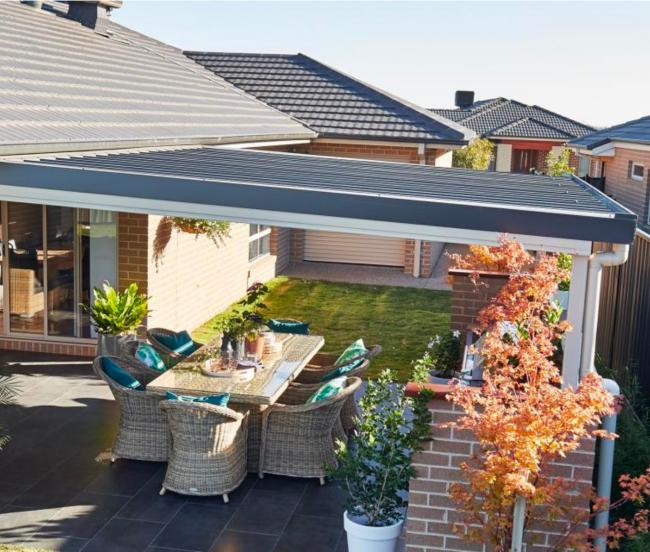
From YouTube videos that share the secrets of bathroom tiling, to the growing list of TV renovation shows, it’s clear Australians still see the appeal in DIY (do-it-yourself). But can you really pull off a home addition with a “can do” attitude? Or, is calling in the professionals to DIFM (do-it-for-me) a better option? Here are a few pros and cons for each.
DIY
Pulling off your own home renovation job can provide a sense of achievement, along with a chance to save on your budget. But while an edited, three-minute segment on TV can make even the most complex jobs look simple, in reality it’s easy to get in over your head.
- Financial savings: While you can make significant savings by tackling a DIY project, a real danger right from the outset is underestimating your overall budget. Without an expert knowledge of the building process, any financial gains could be swallowed up by unforeseen expenses. This might include factors such as the longer period of time you’d need Owner Builder Insurance to cover, compared to a licensed builder who will complete a project faster.
- Degree of difficulty: You can flex your DIY-muscle, just be strategic. Light ‘cosmetic’ tasks like removing floor coverings and painting internal walls can be a great opportunity to save money. But when your job involves professional trades like electrical and plumbing, calling in an expert makes sense from a safety perspective at the very minimum. In addition, most Australian states require a compliance certificate for any work done.
- Time commitment: How busy is your schedule looking at the moment? For people that work full-time, spending your weekends on DIY will mean your job takes longer to complete, along with bouts of fatigue and frustration. But if you decide to focus solely on the project by taking leave from your employer, your lost income could outweigh any savings by doing it yourself. In this case it makes sense to put pen to paper and crunch the numbers! Will you actually be saving in the long run?
DIFM
Hiring a professional to “do it for me” is clearly an extra financial commitment. But this initial spend mitigates your level of risk, and it could save you a significant amount of money when something goes wrong. As modern DIY-ers, we may have conquered flat-pack furniture but this is a world away from a kit form project that might affect your home’s structural integrity.
- An all-in-one solution: With the building and construction industry so highly specialised, the investment you make in a professional really pays for their expert knowledge and the time you’ll get back in the long run. Your local LYSAGHT LIVING® dealer is able to take care of your entire project from design through to installation. This includes managing the project, which takes the stress out of coordinating tradespeople or dealing with council applications and other required paperwork.
- Expertise where it counts: Like many industries, the building industry unfortunately has its fair share of unscrupulous operators. Think of your professional local dealer as your personal insider. Not only are they established within the industry, they also have a solid network of tradespeople at their disposal and can detect any crooked behaviour. Can you be absolutely sure a quote you’ve sourced hasn’t been dishonestly inflated? Are your certain your plumber is on top of their scheduling, and will actually carry out their work in the time they promise?
- You can still save: Enlisting someone to DIFM doesn’t mean handing over a blank cheque. To keep your budget in check, why not tackle minor elements of the project yourself? This might include light demolition work such as the removal of old decking, tile work or non-support beams. Remember, if your home was built or renovated before 1987 it may contain asbestos, so be sure to contact an asbestos removal specialist.
To get a quote, click here




